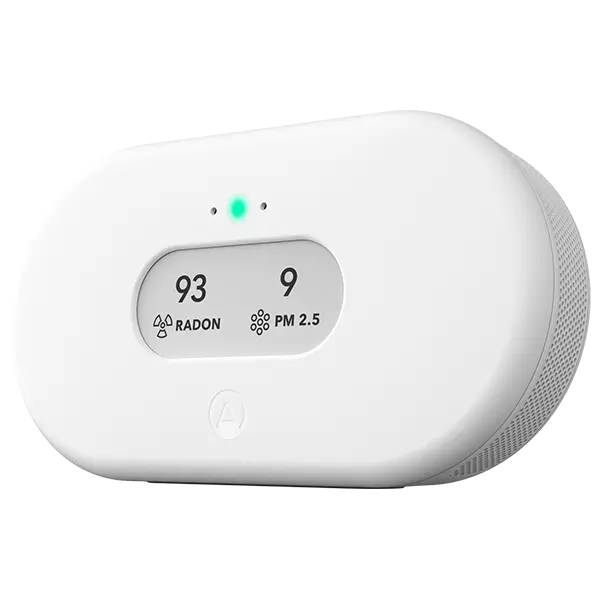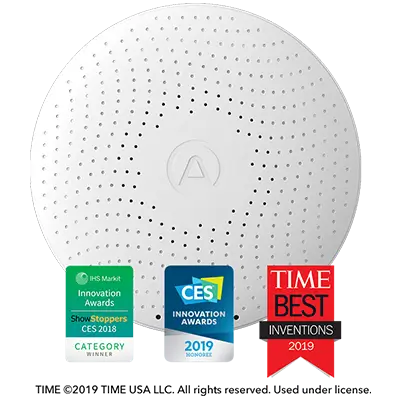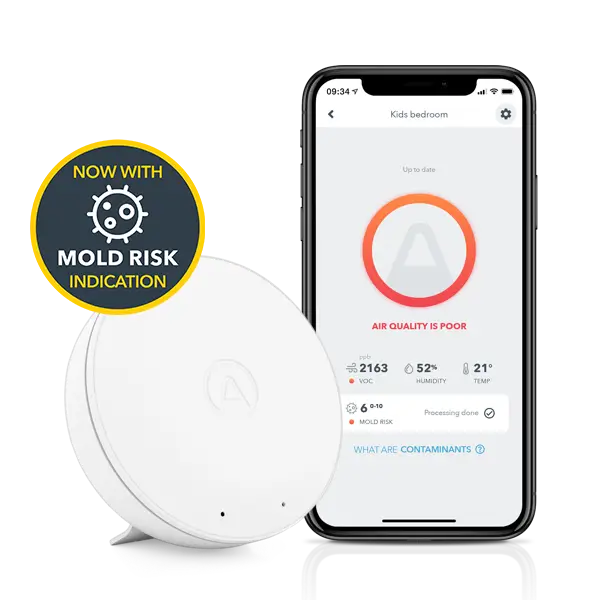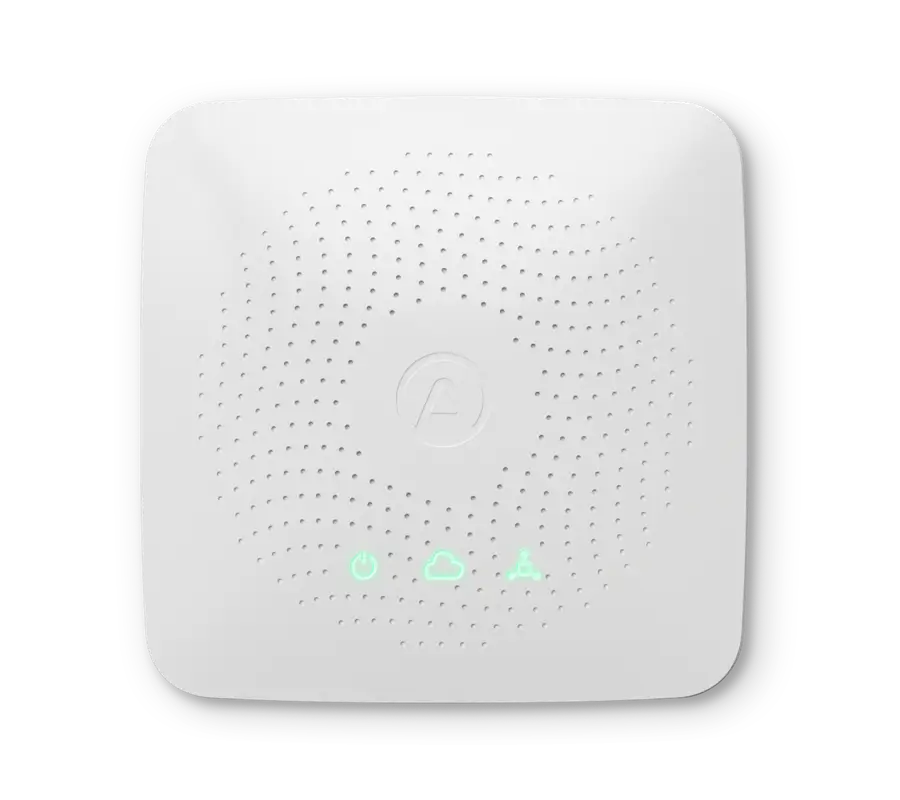Without a doubt you have heard someone subtly blow their nose and apologise saying "excuse me, allergies", or wipe their teary eyes with the same reasoning. This is because there is around 30 different types of pollen.4 Different people can be affected at different times, depending on which pollen they are allergic to and when it is most abundant.
This is why the pollen season can seem so unfathomably long. It has three main types, which can be further broken down specifically to individual plants. Tree pollen is most common late March to mid-May. Grass pollen mid-May to July. Weed pollen is most common at the end of June to September. This may explain why, in the US alone, over 60 million people experience hayfever each year5.
Most people know a pollen allergy as 'hay fever'. Though it is a strange name. As a nurse adviser at Allergy UK points out, “It is an allergy to grass, not hay, and it doesn't produce a fever”1. Its official name is, in fact, Allergic Rhinitis. Although many may not have heard of this name, they will notice the symptoms: a congested or runny nose, frequent sneezing and itchy red eyes.
In addition to allergens in the air, pollen exposure triggers this allergy. The bad news? The pollen count is rising. According to a study by Leonard Bielory, M.D. climate change is predicted to considerably increase the pollen count by 20402.
Unfortunately, pollen “can significantly affect the quality of life, work and school performance and attendance, and is a risk factor for the development of asthma, according to Allergy UK. In fact, "allergic rhinitis has tripled in the last 20 years”3.
The good news? There are ways to help manage your allergies. Below, we have compiled our top five tips for preventing pollen from ruining your day.
Five top tips to help with pollen allergies and hay fever:
1. Which types of pollen are you allergic to?

2. Try a Vaseline barrier

3. Keep clean and tidy
 After a day outside in high pollen season, Allergy UK recommends showering, washing your hair and changing your clothing once you arrive home6. This helps to reduce the amount of pollen you carry with you indoors.
After a day outside in high pollen season, Allergy UK recommends showering, washing your hair and changing your clothing once you arrive home6. This helps to reduce the amount of pollen you carry with you indoors.
4. Wash off any pollen

Similarly, vacuuming regularly and wiping down surfaces with damp cloths will reduce the amount of pollen able to get into your home. Regularly washing your hands can also be of great benefit.
4. Maintain great indoor air quality

5.Check the pollen count with My Pollen Levels
At Airthings, we want to empower the world to breathe batter. That’s why My Pollen Levels is free to all via the Airthings app. Knowing when and where the pollen levels are high will allow you to act accordingly. Track your pollen levels outdoors and optimize your air quality indoors for a healthy environment.
.jpg)










.webp)


 After a day outside in high pollen season, Allergy UK recommends showering, washing your hair and changing your clothing once you arrive home6. This helps to reduce the amount of pollen you carry with you indoors.
After a day outside in high pollen season, Allergy UK recommends showering, washing your hair and changing your clothing once you arrive home6. This helps to reduce the amount of pollen you carry with you indoors. 

%20(1).webp)

%20(1).webp)
